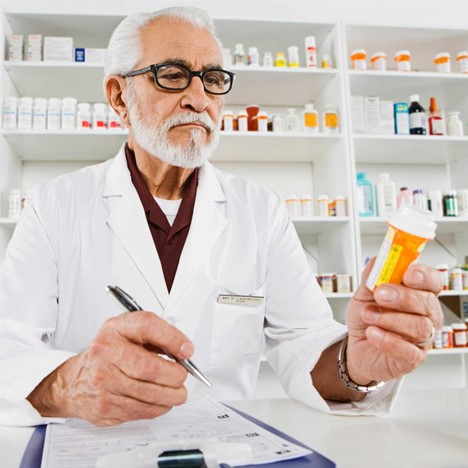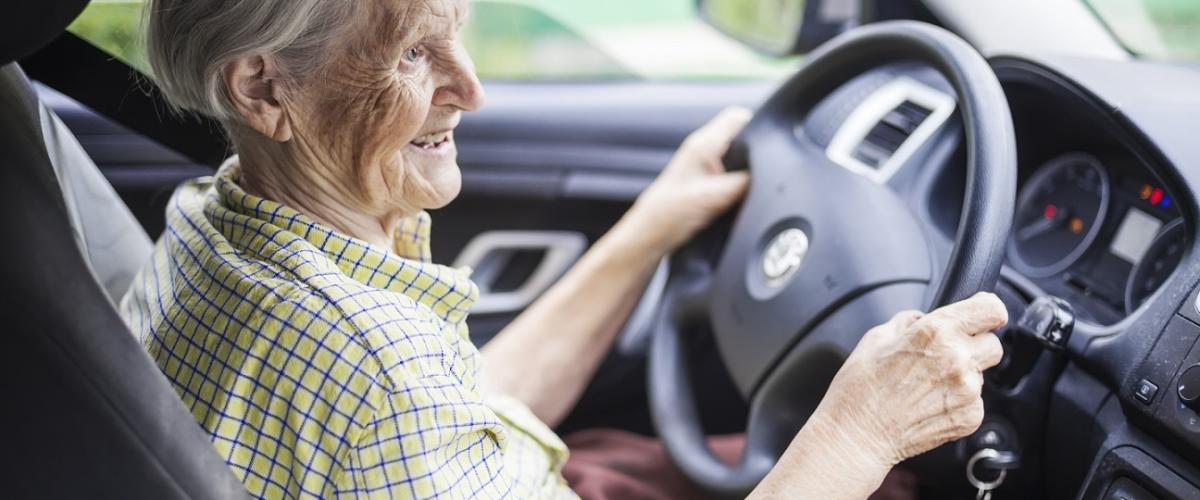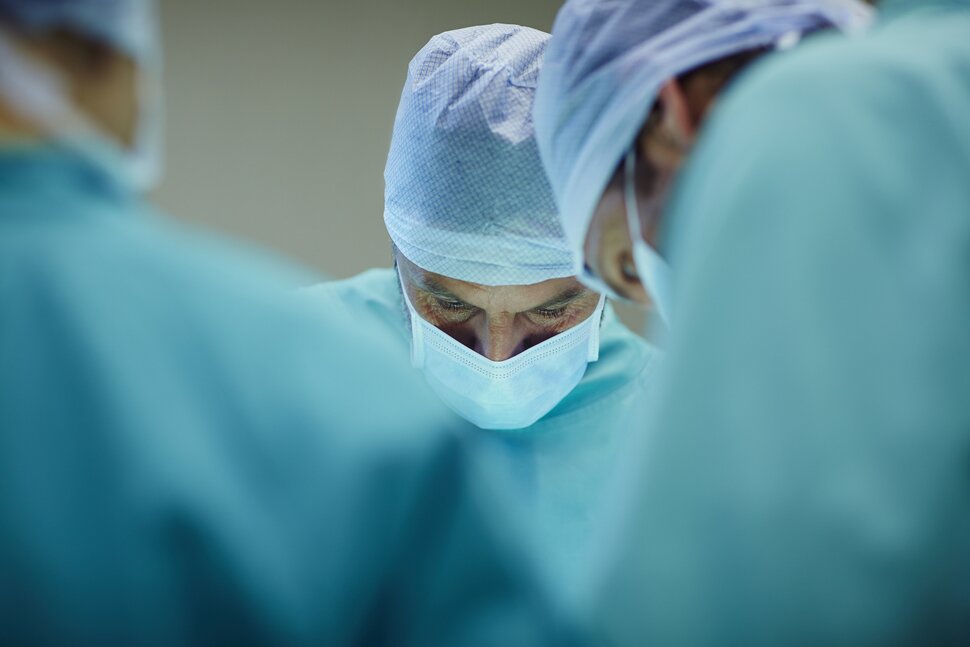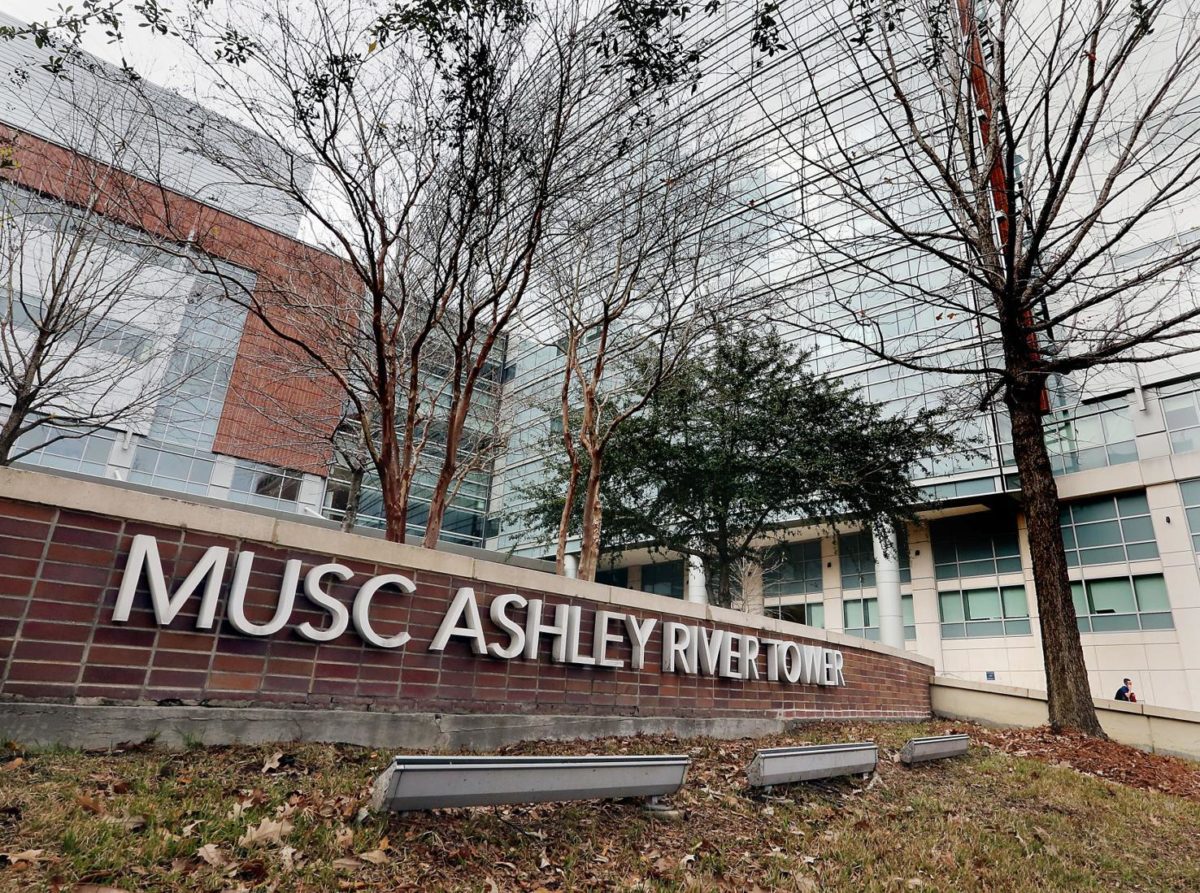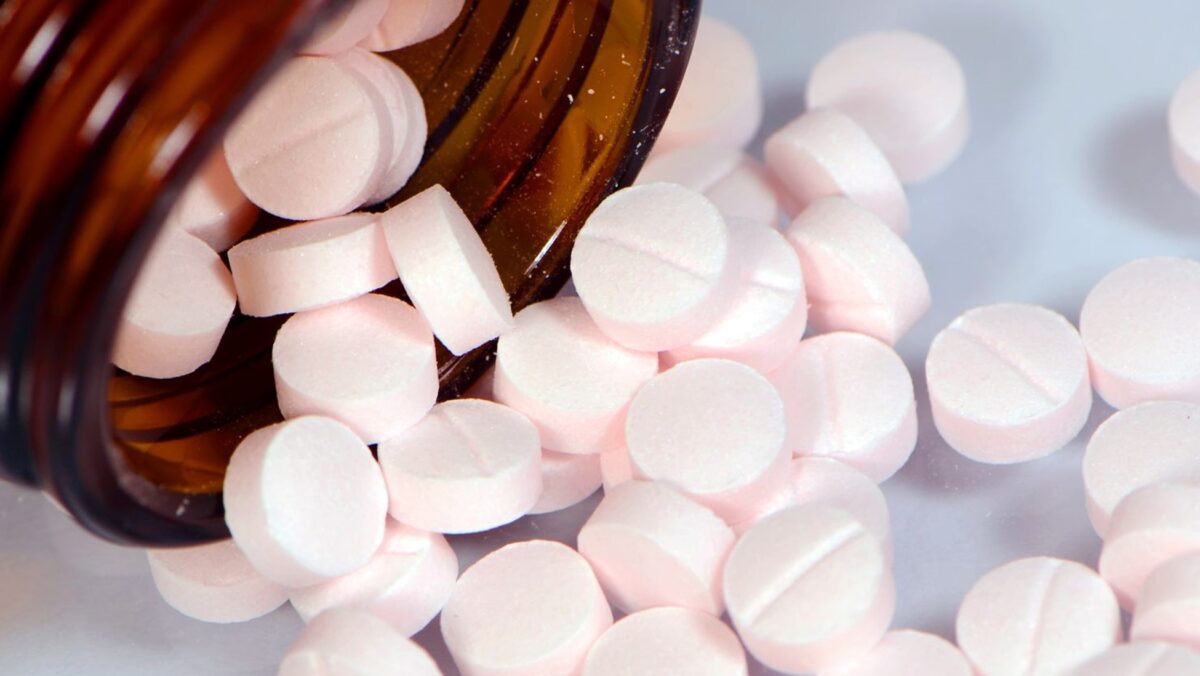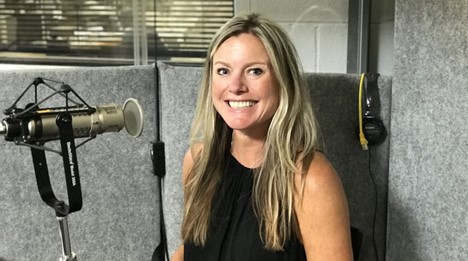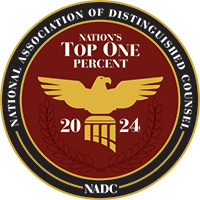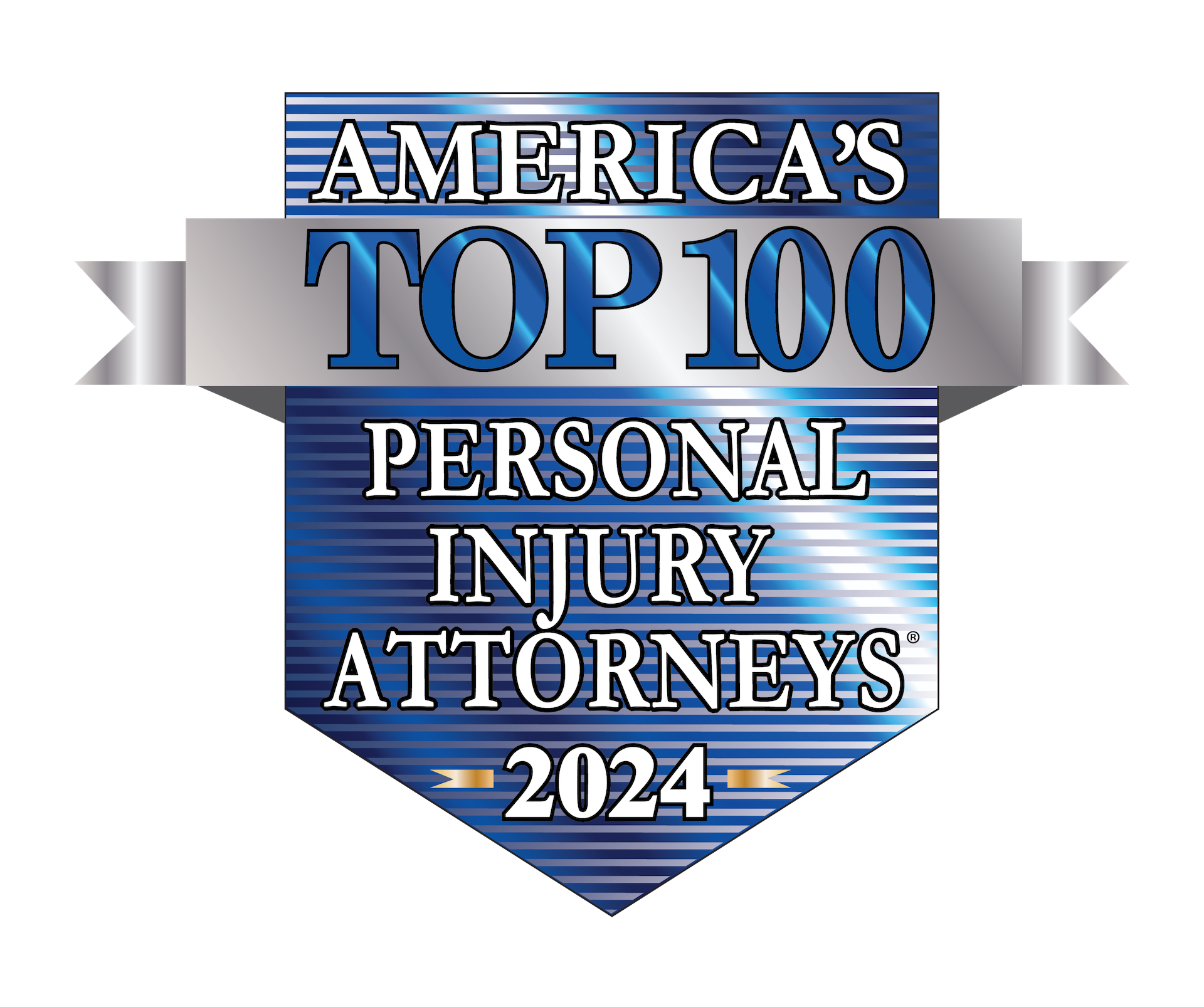The most dangerous jobs in the US are becoming even riskier, with an increasing number of fatalities reported in the latest Census of Fatal Occupational Injuries Summary by the Bureau of Labor Statistics. These jobs often involve hazardous environments, heavy machinery, or intense physical labor, making them perilous for workers. Although they come with high risks, these dangerous jobs are critical to our everyday lives. The hazards understandably leave many workers, and their families, worried about safety.
Occupational Safety and Health Act of 1970
In 1970, the Occupational Safety and Health Act was signed into law by President Nixon. This law was enacted, “To assure safe and healthful working conditions for working men and women; by authorizing enforcement of the standards developed under the Act…” The law also “established the first national collection of data on workplace injuries (information on fatal injuries was not collected until 1992).” (Philomathnews.com) This data helps implement policies to keep workers safe.
Because of this law, workers are much safer than they were in previous decades. However, the latest Bureau of Labor Statistics report shows workplace fatalities increased from 5,190 to 5,486. That’s a 5.7% increase in one year’s time! A worker dies about every hour and a half from work-related injuries.
Why the recent rise in workplace fatalities?
According to the American Federation of Labor and Congress of Industrial Organizations (AFL-CIO) President Liz Shuler, some employees fear retaliation if they report dangerous conditions at their job. So, they just don’t mention it. The result is more employees working in unsafe environments.
Other reasons for the rise in workplace fatalities, per the U.S. Occupational Safety and Health Administration (OSHA):
- Employees overdosing on drugs at work
- Violence against co-workers
- Suicides on the job (CBSNews.com)
What is the most dangerous job?
The most dangerous job in the US is the occupational field agriculture, forestry, and fishing/hunting. According to the latest Census of Fatal Occupational Injuries Summary, this field had 23.5 deaths per 100,000 full-time workers for the year. The high number of fatalities in this field makes it the most dangerous profession in America.
Why this field tops the list
These jobs are dangerous because they involve working with heavy machinery, dealing with unpredictable weather, and operating in remote or wild environments. The combination of these factors makes the field agriculture, forestry, fishing and hunting the deadliest job in America.
While these jobs are risky, they are also vital. Farmers provide the food we eat, foresters supply the wood for our homes, and fishermen bring in seafood.
Agriculture:
- Use of heavy machinery like tractors and combines. These machines can be dangerous if not handled properly.
- Working long hours. This can lead to fatigue, making it easier to make mistakes.
- Unpredictable weather. A sudden storm can make conditions unsafe, whether it’s high winds, lightning, or slippery mud.
Forestry:
- Biological hazards like poisonous plants and animals, as well as predatory animals. Animals can also spread deadly diseases.
- Falling from trees.
- The use of chainsaws and other dangerous equipment, especially in tough conditions like steep slopes or icy weather.
- Working in remote areas, far from medical help. If an accident happens, getting the injured person to a hospital quickly can be difficult.
Fishing and Hunting:
- Fishermen often work on boats in rough seas, where high waves and storms can easily lead to accidents. Boats can capsize, or fishermen can fall overboard. In freezing waters, survival time is short.
- Hunters may encounter wild animals, and there’s always a risk of accidental shootings. Hunters often work in remote areas where getting help quickly is challenging.
The most dangerous careers
After agriculture, forestry and fishing/hunting, these are the next most dangerous jobs in the US (based on fatality rates) according to the AFL-CIO:
- Mining, quarrying, and oil and gas extraction (16.6 per 100,000 workers)
- Transportation and warehousing (14.1 per 100,000 workers)
- Construction (9.6 per 100,000 workers)
- Wholesale trade (5.4 per 100,000 workers)”
These jobs often involve working in dangerous conditions, dealing with heavy equipment, or being exposed to elements that can lead to accidents.
Other Risky Jobs
Other jobs known for being risky often involve working at great heights, dealing with heavy equipment, or being in unpredictable environments. Workers in these professions face serious hazards that can lead to injury or even death if something goes wrong. These jobs include:
– Aircraft pilots and flight engineers
– Roofers
– Construction laborers
– Electrical power-line installers and repairers
Most dangerous job in South Carolina
The most dangerous job in South Carolina is private construction. Out of 132 SC employees killed on the job (in the latest Bureau of Labor Statistics report) 24 of those deaths were in the private construction industry. That number increased from 21 in the previous year.
Wrongful death caused by workplace accident
When someone dies while working, it’s a tragedy not only for their family but also for their coworkers and community. Sometimes, these deaths could have been prevented if the proper safety measures had been taken. If a worker dies because of someone else’s negligence, it’s considered a wrongful death.
Wrongful death can happen in any job, but it’s more common in high-risk professions where safety protocols might be ignored or insufficient. Families affected by wrongful death may be entitled to compensation, but proving negligence can be challenging.
How can employees in dangerous jobs stay safe?
Safety should always be the top priority in any job, no matter how dangerous it may be.
Here’s how workers can protect themselves while working in dangerous careers:
1. Wear Proper Safety Gear
This includes hard hats, safety goggles, gloves, and steel-toed boots. Wearing the correct gear protects workers from falling objects, sharp tools, and other hazards.
2. Get Proper Training
Knowing the proper way to operate machinery, handle tools, and follow safety procedures can prevent many accidents. Training should be updated regularly to ensure workers are aware of the latest safety practices.
3. Follow Safety Procedures
This might include wearing a harness when working at heights, following lockout/tagout procedures when dealing with machinery, or using ladders correctly.
4. Stay Aware of Your Surroundings
Pay attention to where other workers are, what machinery is in use, and any changes in the environment, like weather conditions. Staying alert can help prevent accidents before they happen.
5. Communicate with Your Team
Workers should always communicate with their team, especially when working in close quarters or with heavy machinery. Letting others know where you are and what you’re doing can prevent accidents.
6. Take Breaks
Workers should take regular breaks to rest and recharge. A well-rested worker is more alert and less likely to have an accident.
7. Report Unsafe Conditions
If a worker notices something unsafe, they should report it immediately, whether it’s a broken piece of equipment, a spill, or something else that could cause an accident.
8. Keep Learning
Safety standards and practices are always evolving. Workers should stay informed about the latest safety guidelines and attend regular training sessions.
By understanding the risks and knowing your rights, you can help protect yourself and your loved ones.
Do I need a wrongful death attorney?
If you’ve lost a loved one due to a workplace accident, you might need a wrongful death attorney. These attorneys specialize in cases where someone’s death was caused by another’s negligence or misconduct. They can help you navigate the legal process, gather evidence, and ensure you receive the compensation you deserve.
Hiring a wrongful death attorney is crucial if the company or employer is trying to deny responsibility for the accident. A skilled attorney will fight for your rights and help you through this difficult time.
Your South Carolina Wrongful Death Attorney, David L. Hood
The Law Offices of David L. Hood has been fighting for the rights of workers in Charleston, N. Charleston, Mt. Pleasant, Georgetown, Murrells Inlet, Myrtle Beach, North Myrtle Beach, Columbia, Greenville, Hilton Head, Rock Hill and all across South Carolina for over 30 years. We have a dedicated team that will strive to take care of your wrongful death claim professionally and treat you with respect. Over the years we, along with co-counsel have represented hundreds of workers and their families, working hard to get them the compensation they deserve.
To learn more about what we can do for you, contact our offices to set up a free initial consultation. If you choose to work with us, we will handle your case on a contingent fee basis, which means you pay nothing unless we make a recovery for you. To get in touch with us, you can call our offices at (843) 491-6025 or email us here.


